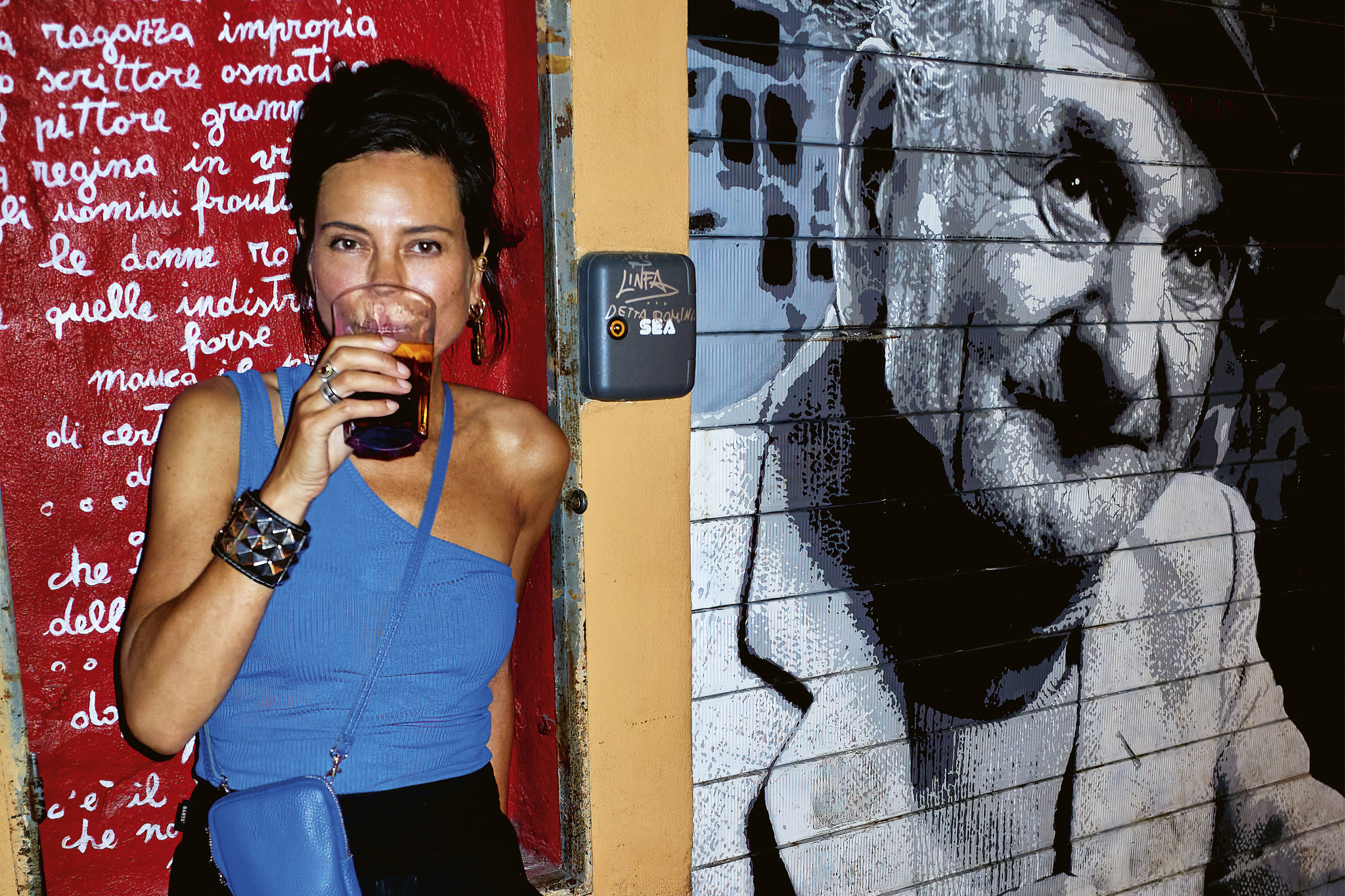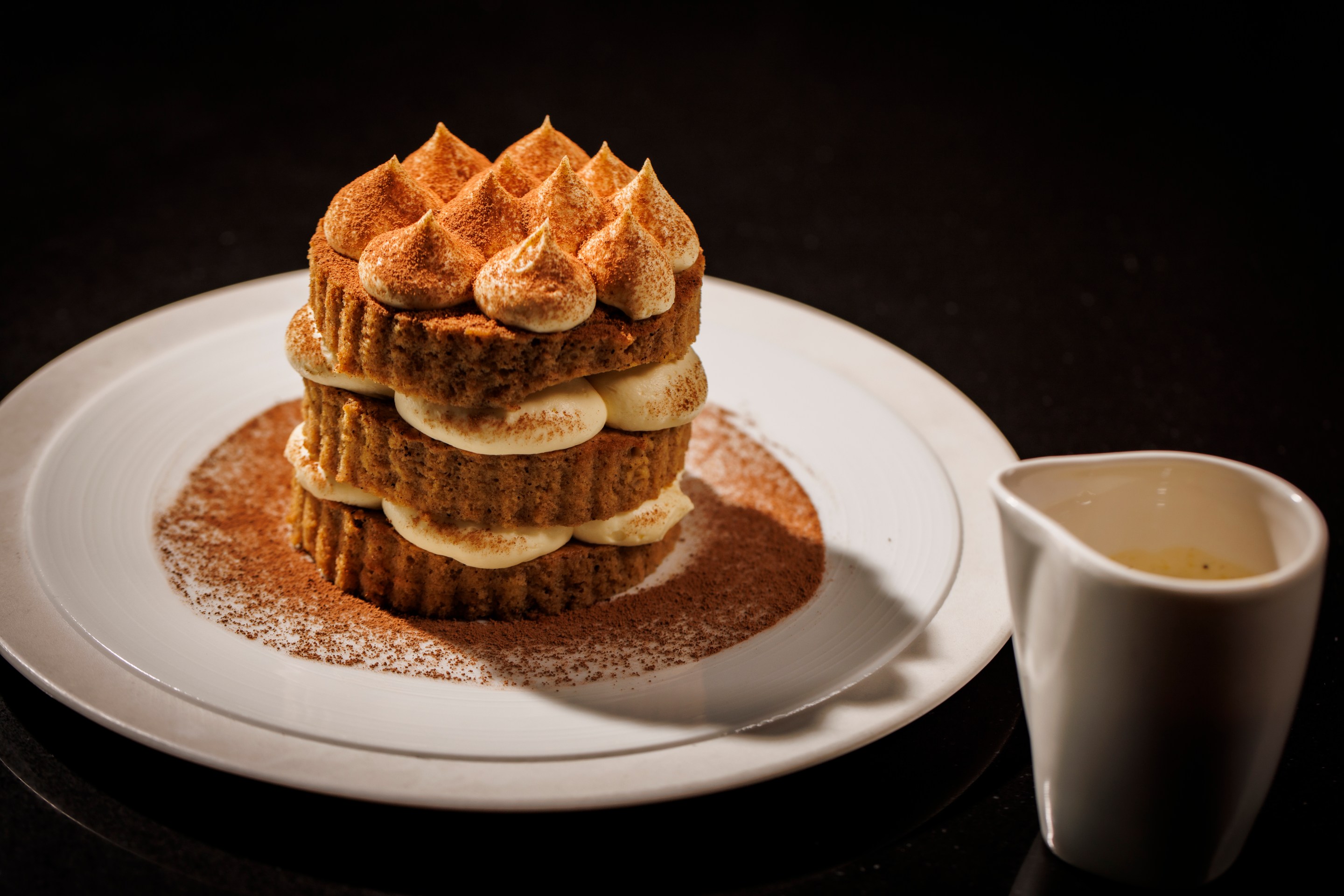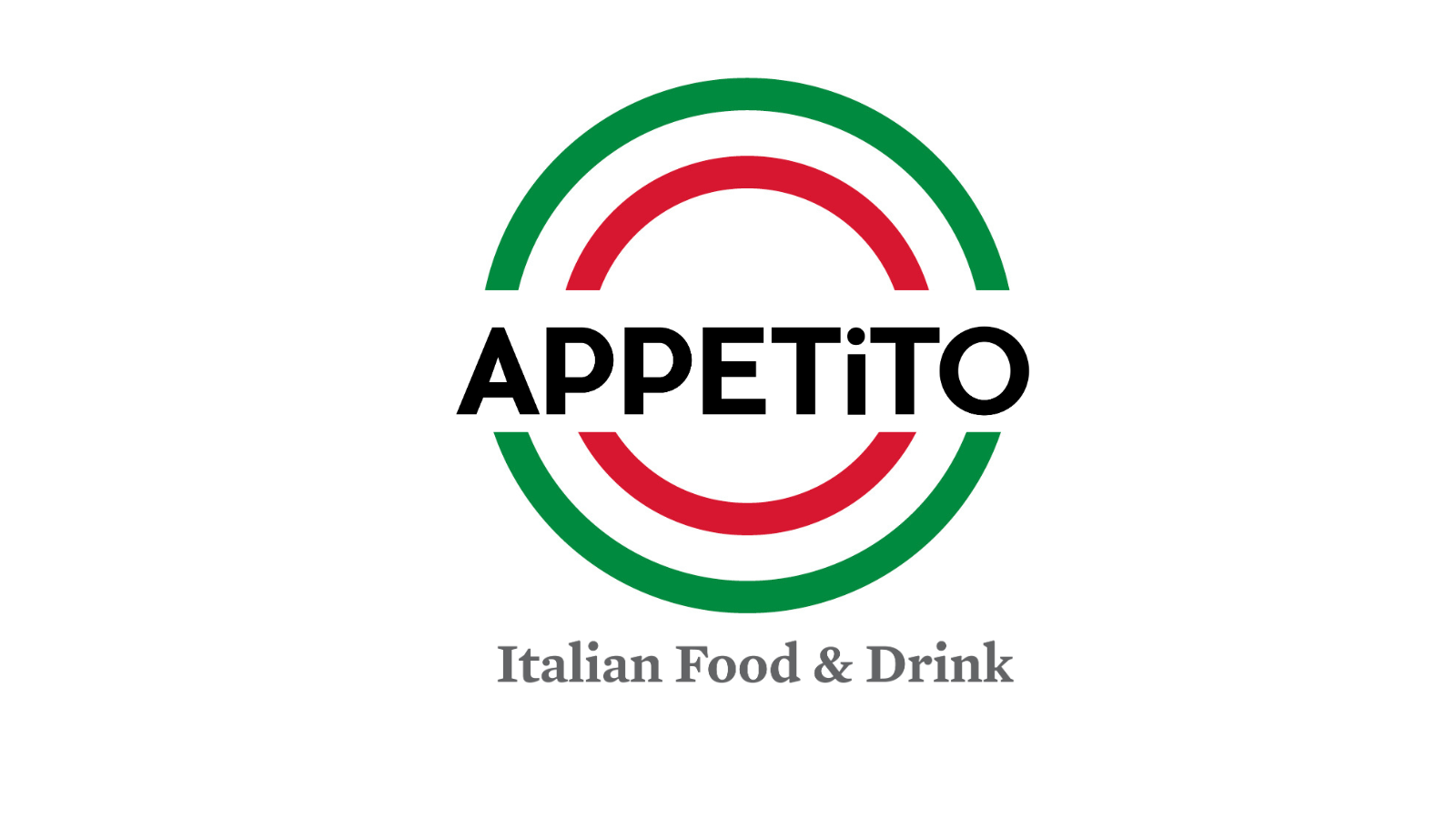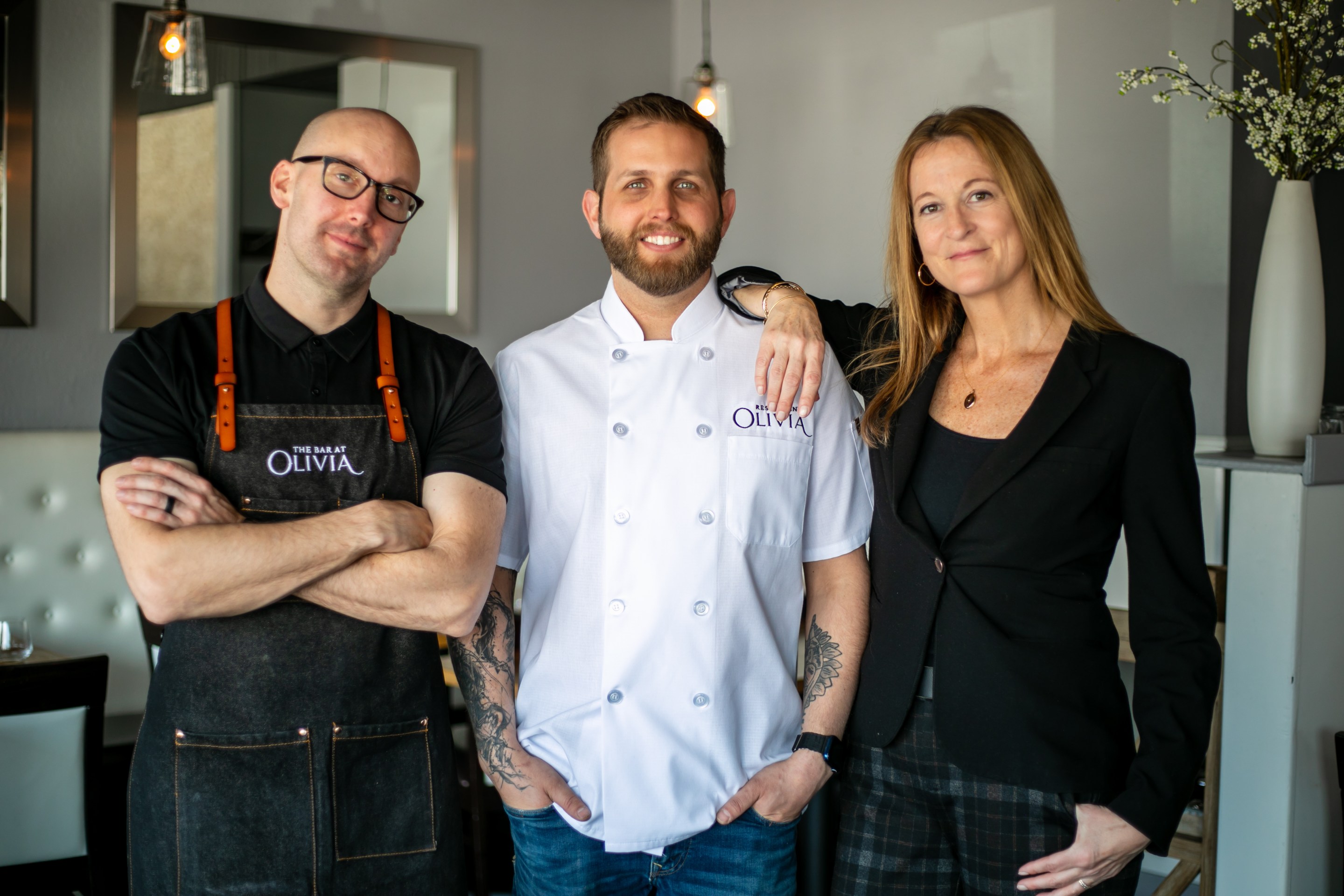May I present Italopunk: 145 Recipes to Shock Your Nonna? Not because I want to shock for the sake of it, but because I love Italian food too much to see it fossilize. I often joke that I'm the reincarnation of an Etruscan princess; that’s how at home I feel in Italy.
It first pulled me in through architecture. My father, an architect, dragged my brother and me across the country: Brunelleschi’s dome, the Colosseum, Ostia Antica. At school I took Latin; suddenly, history came alive. My classics teacher spoke fluent Italian, read Italian novels, and made pasta by hand. I thought: that’s it, life goals!
I quit studying Italian language and literature after a year to move to Rome as an au pair. Those verb conjugations? I’d practice them al bar, thank you very much. Later came Florence, an internship, a boyfriend with a Tuscan villa, an olive grove, and a Filipino house cook named Agostino, whose five-course lunches were better than the nonnas'.
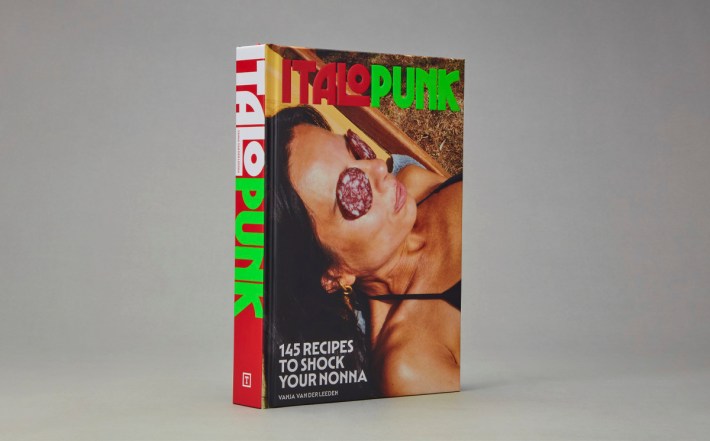
Italy shaped me. But it also started to frustrate me. Yes, Italian cuisine is simple yet ingenious. And yes, Italians are passionate about food, but they’re also shackled to culinary dogma. Garlic in amatriciana? Sacrilege. Spaghetti bolognese? Never. In Bologna, they’ve even formalized the exact ribbon width of tagliatelle at the Chamber of Commerce. At some point, I wondered: why can’t this cuisine, so vibrant and full of life, allow itself to evolve?
That question led to Italopunk. I’m not out to disrespect nonna, but I do think she deserves a little shock now and then. Showing her you can make a carbonara that nods to history but adds a shot of vodka. That a caprese can still wave the Italian flag but with fennel-chili breadcrumbs and roasted tomatoes. That melanzane alla parmigiana can transform into a sticky, sweet-savory eggplant tarte tatin that’s basically edible crack.
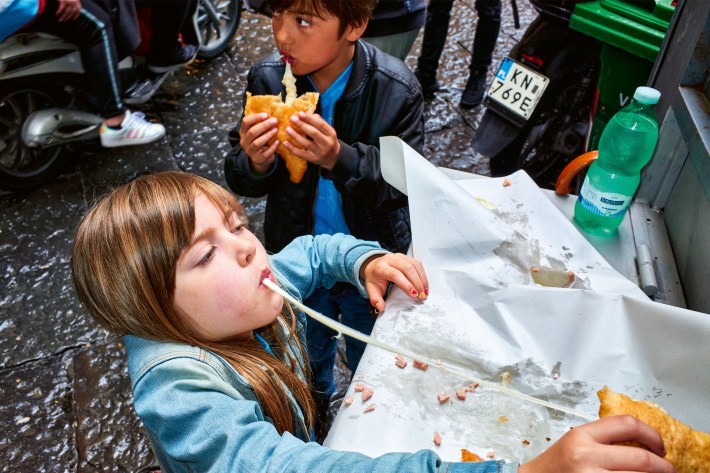
In these pages, you’ll find seabass crudo with citrus-samphire salsa, pappa al pomodoro with crispy chili topping, tiramisu with sesame, and roasted bell peppers with umami-rich anchovy sauce and creamy burrata. Humble, joyful, unpretentious, but never static.
The chefs I profile, like Sarah Cicolini in Rome or “offal activist” Diego Rossi in Milan, share that hunger. They cook trattoria food at its highest level, pulling Italian cuisine into the future without losing its soul.

The book also reflects my core belief: good food starts with good ingredients. Go to the farmers market when you can. Follow the seasons. Respect the animal if you eat meat, use it nose-to-tail. But also, and this matters a lot, have fun! Italian cuisine is a people’s kitchen, not a Michelin trophy case. It’s supposed to be alive.
Visually, the book mirrors this attitude. My husband, acclaimed photographer Remko Kraaijeveld, and I deliberately avoided the clichés: no red Vespas, no Fiat 500s, no Tuscan sun-drenched fields. We wanted edge, rawness, Italy’s scruffy underbelly. Because if you love Italy, you have to love all of it.
